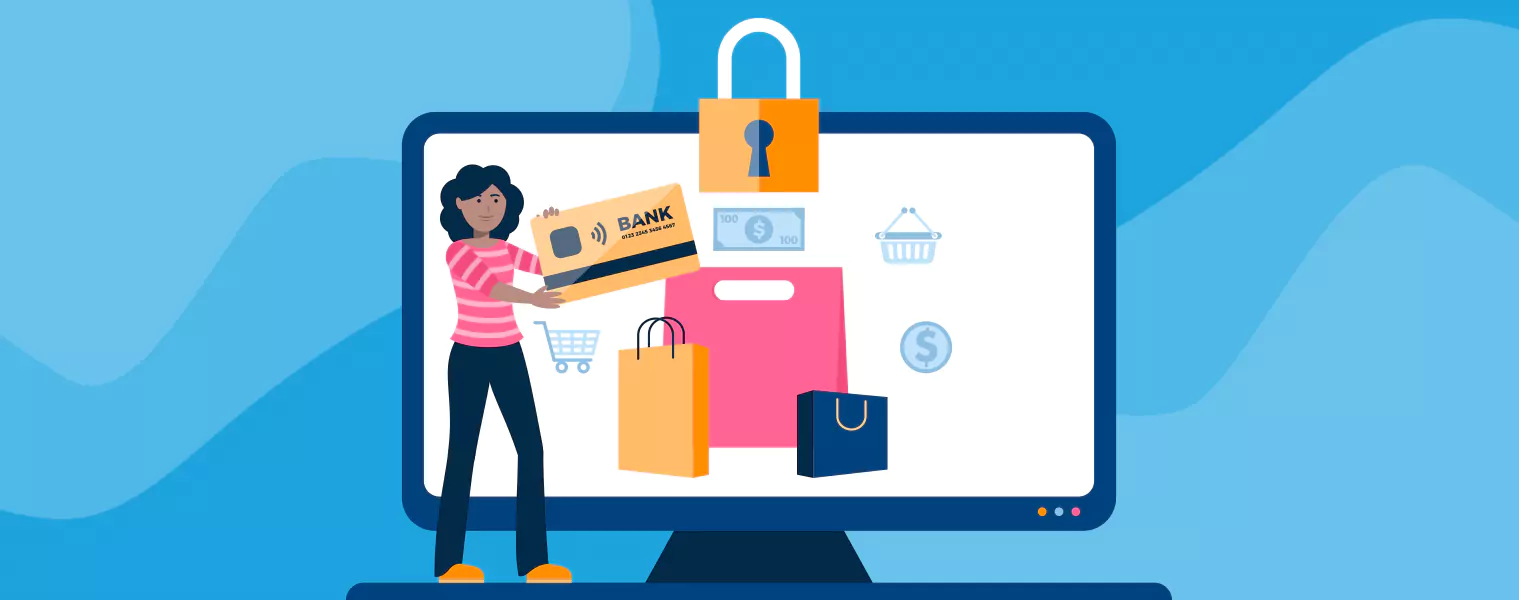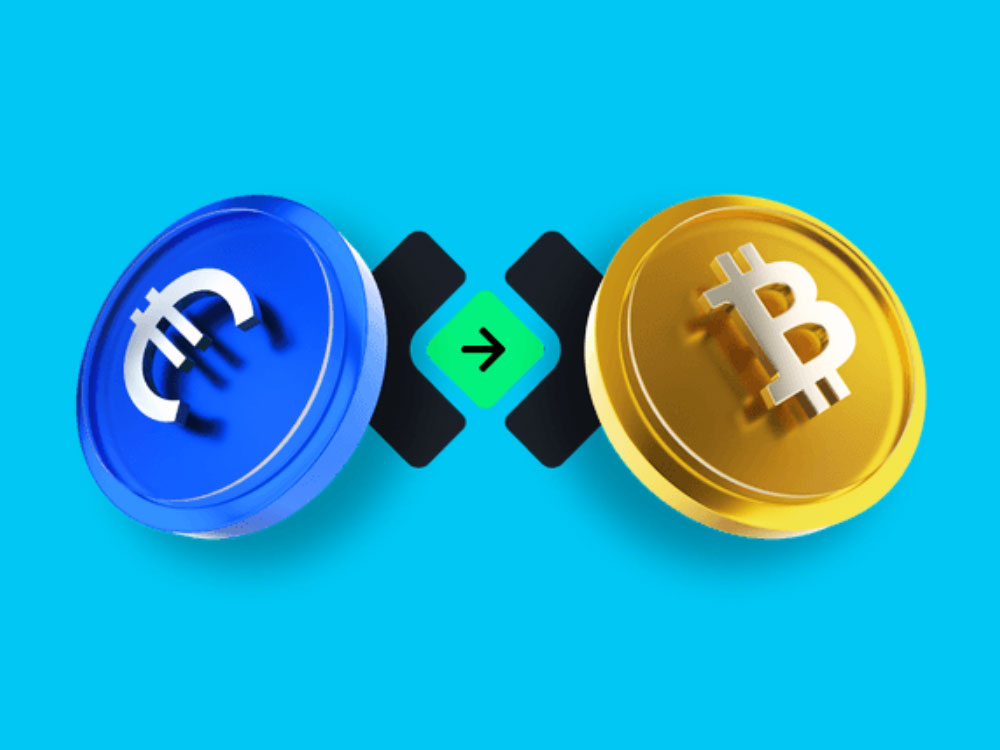Today, it might seem that Web3 is limited to cryptocurrencies and buying and selling tokens and NFTs (many see it also as a way “to become rich quickly”). However, it’s likely Web3 will soon become commonplace to most businesses on the Internet. In fact, we believe it will eventually be required by every single user around the world!
This is why the universalization of Web3 should be considered a critical part of the evolution of the Internet, alongside the development of blockchain and associated technologies. And it is for this reason we are committed to giving users in emerging markets access to the most popular local payment methods for their respective geographies.
What is Web3?
Let’s start with the basics. What is exactly Web3, and why does it matter?
Web3 (or Web 3.0) is a value transfer protocol that emerged in the last eight to ten years and is considered, by many, the next phase of the Internet. Some common examples of Web3 technologies and technical applications include identity, tokenization of physical assets, payments and creator economies.
So, what makes Web3 different from previous iterations? Its main characteristic is that its users are connected via a decentralized network and can access their own data easily. This means that because Web3 is decentralized, there is no single entity running operations. Instead, ownership is distributed amongst everyone using the network.
Local Payment Methods and Emerging Markets
Historically, access to Web3 across emerging markets, in particular for Asian countries, has been rather limited. For instance, credit cards and debit cards (Visa and Mastercard especially), or services like Apple Pay, Google Pay, and others, are not readily available to the majority of people in the continent.
Let's see some examples. India is a country of about 1.4 billion people, but only 62 million of them have access to credit cards. Although debit cards are a little more familiar, just as it's the case across most countries in Asia, these are primarily used for withdrawing cash from ATMs. They haven’t yet become as widely used as payment instruments.
In contrast, UPI (or Universal Payment Interface) is available for all the 900 million people that currently have access to a bank account in India. If we look at volumes alone, UPI is already responsible for 64% of transactions (50% if we measure by value) in India. Without a doubt, UPI is the most common method in the country. But India is not alone in this preponderance of local payment methods.
Similarly, Indonesia has a population of about 278 million people but only 16.5 million credit cards. In this country, e-money transactions (such as Shopee Pay, GoPay, and DANA) reached more than $2 billion from 2020 to 2021. The Philippines, with over 100 million people, only has 8.6 million credit cards but 60 million users have GCash (the most popular payment method and a fiat wallet). Lastly, Vietnam, a country with a population of 80 million and one of the fastest growing in the world, has just a million credit cards. However, the QR-code Vietnam payment system (Viet QR), as well as Momo and Zalopay, are far more popular there. And a similar story holds true in Latin America and Africa!
Broadening Access to Payments Through Web3
If you want to universalize access to Web3, then it’s vital to provide access to the popular payment methods that are so widely used in Asian, African, and Latin American emerging markets.
This is our main focus at TransFi, and the reason why we are delighted to announce that we have now gone live for local payment methods across six countries in South-East Asia as well as Japan. TransFi currently supports the following onramp and offramp local payment methods:
- Singapore: eNets, PayNow, and GrabPay.
- Malaysia: FPX, GrabPay, ShopeePay, Touchngo, and Boost.
- Thailand: FPX and Thai QR.
- Vietnam: Viet QR, Netbanking, Momo, and Zalopay.
- Japan: Netbanking and Tigerpay.
- Indonesia: Dana, OVO, QRis, Shopeepay, and Netbanking.
- The Philippines: GCash.
Our mission is to universalize access to Web3 across Asia and over time emerging markets. We’re doing this, of course, in addition to our staple offer, which supports credit and debit cards in over 140 countries in the world and SEPA across Europe.
The Benefits of Using TransFi for Your Transactions
There are several advantages of using TransFi for easy and seamless transactions. For one, we are able to offer very high conversion rates for local payment methods (more than 90%). Plus, the user interface is very simple, the ticket size can be as low as $25, and transaction time is less than 180 seconds.
All of this is available through a very simple, friendly, and effective user experience available for several countries in their local languages.
But this is not all! We’re also expanding rapidly to include new countries and additional payment methods.
Our goal is to have a strong presence across Asia, Africa, and Latin America in the coming months, so we are already going live in additional countries such as Australia, Korea, Hong Kong, New Zealand, Oman, Qatar, Saudi Arabia, UAE, Turkey, Brazil, Mexico, Colombia, Chile, Panama, Peru, Argentina, Egypt, Ghana, Nigeria, South Africa, Kenya, Tanzania, and Uganda - all countries for which we will soon cover local payment methods. And we are also adding more payment methods for existing markets (for example, PromptPay for Thailand and Maya & Netbanking for The Philippines).
If you want to learn more about Web3 and blockchain and keep up with product updates and payment methods announcements, check out our blog.
Table of Contents
Suggested Article
Explore our products

Make global payments at the speed of a click

Accept payments, remove borders.

Unlock Seamless Digital Currency Transactions Anywhere









.png)














